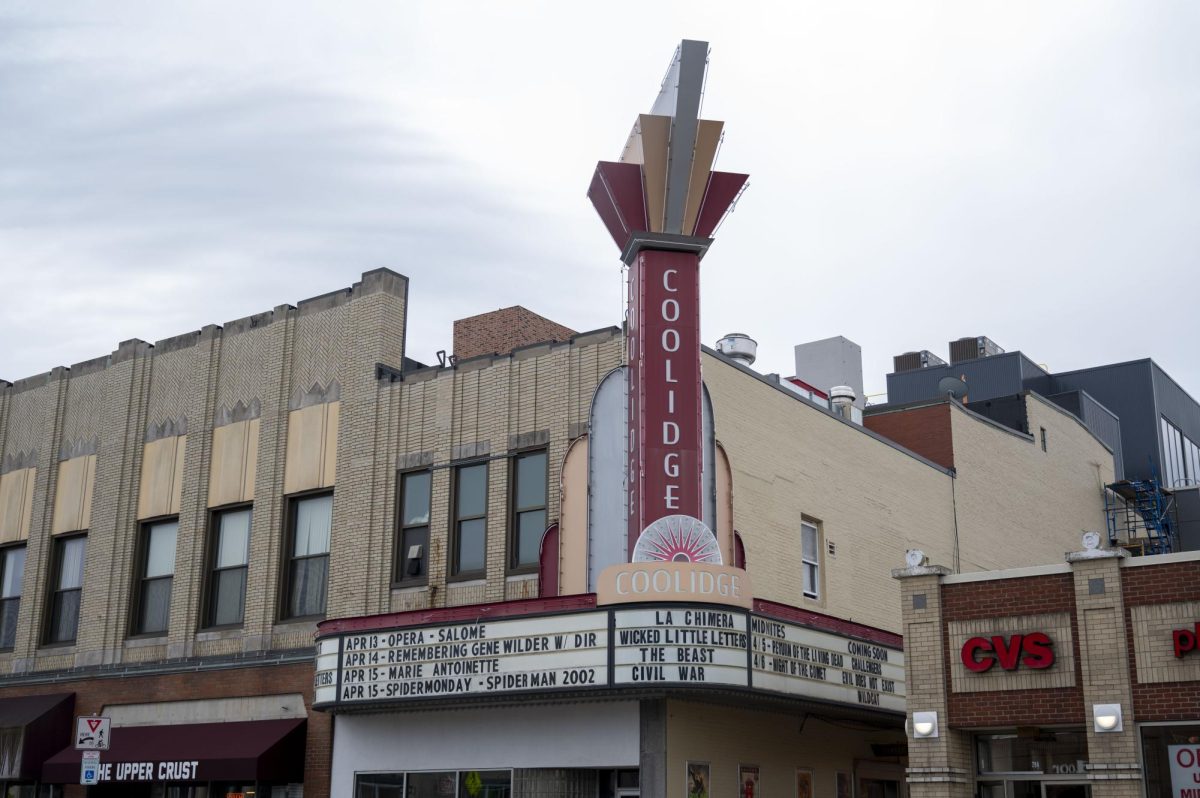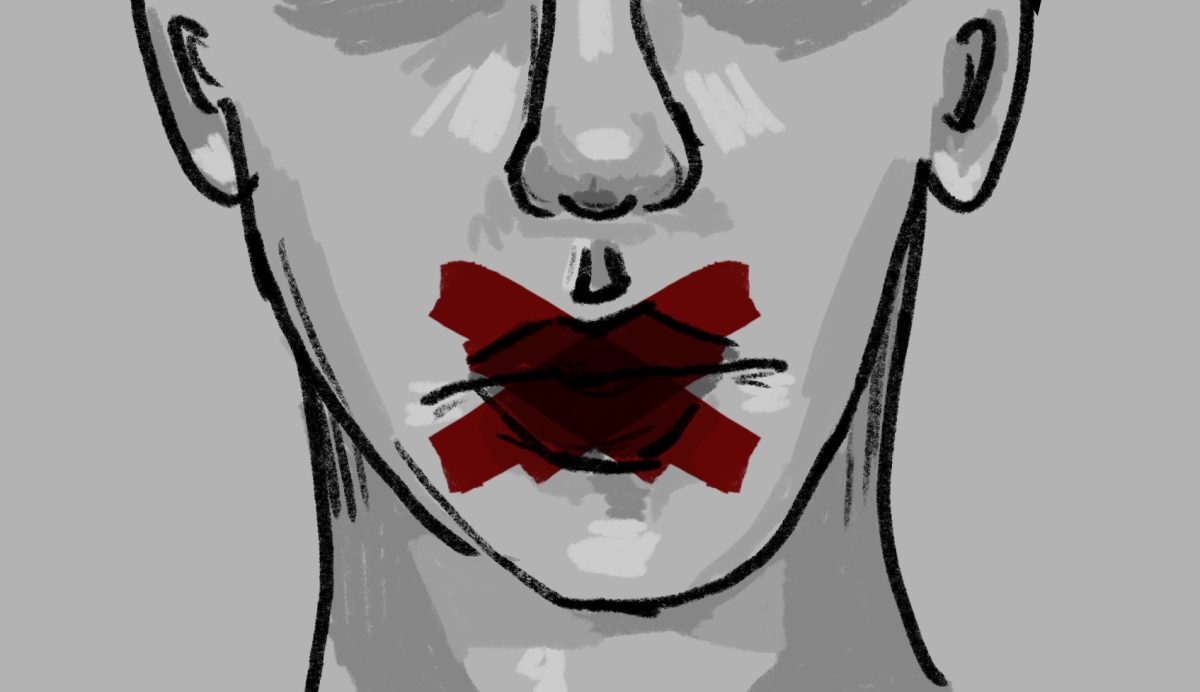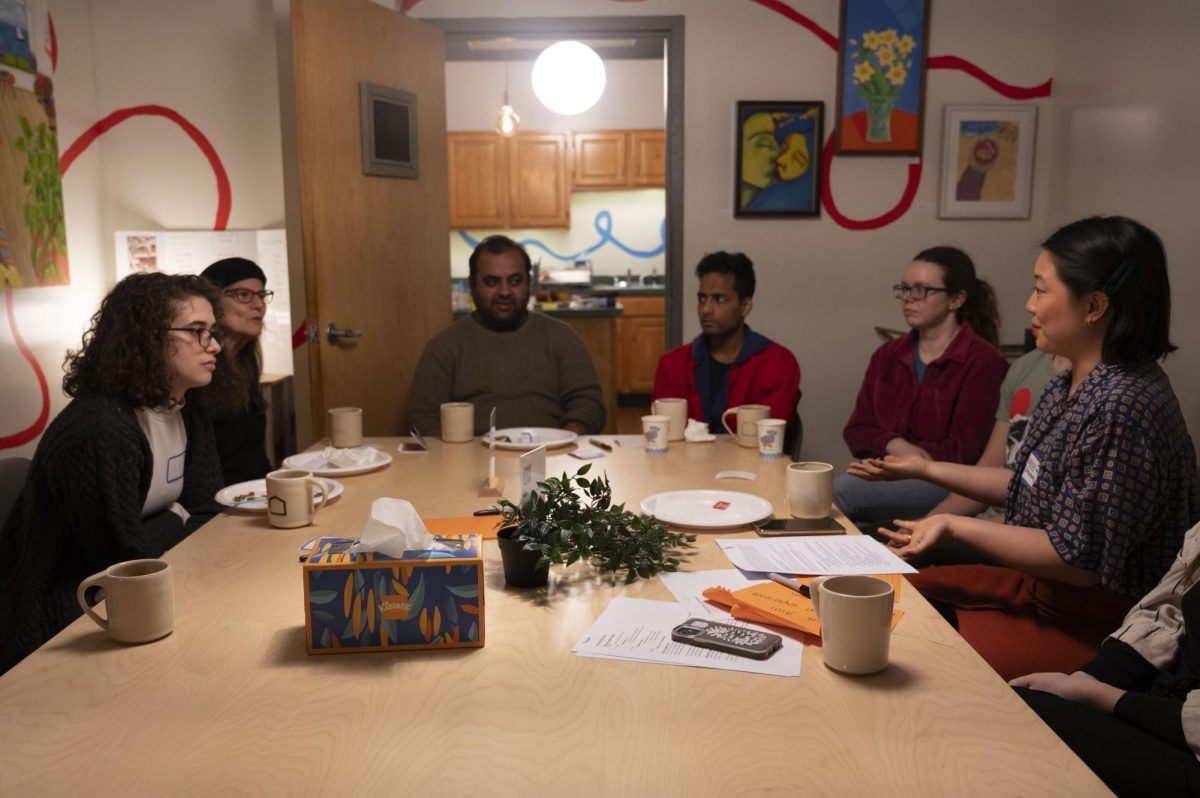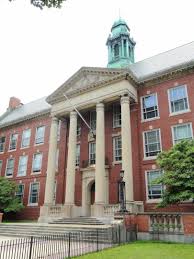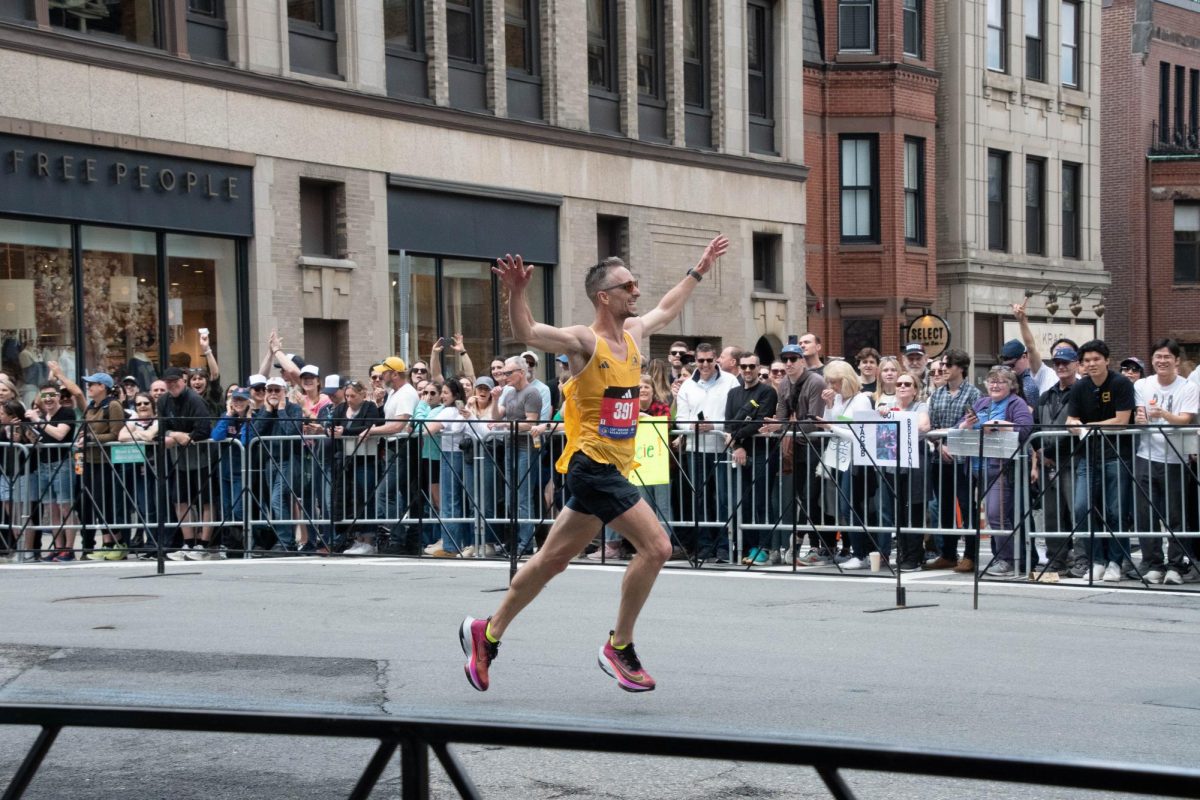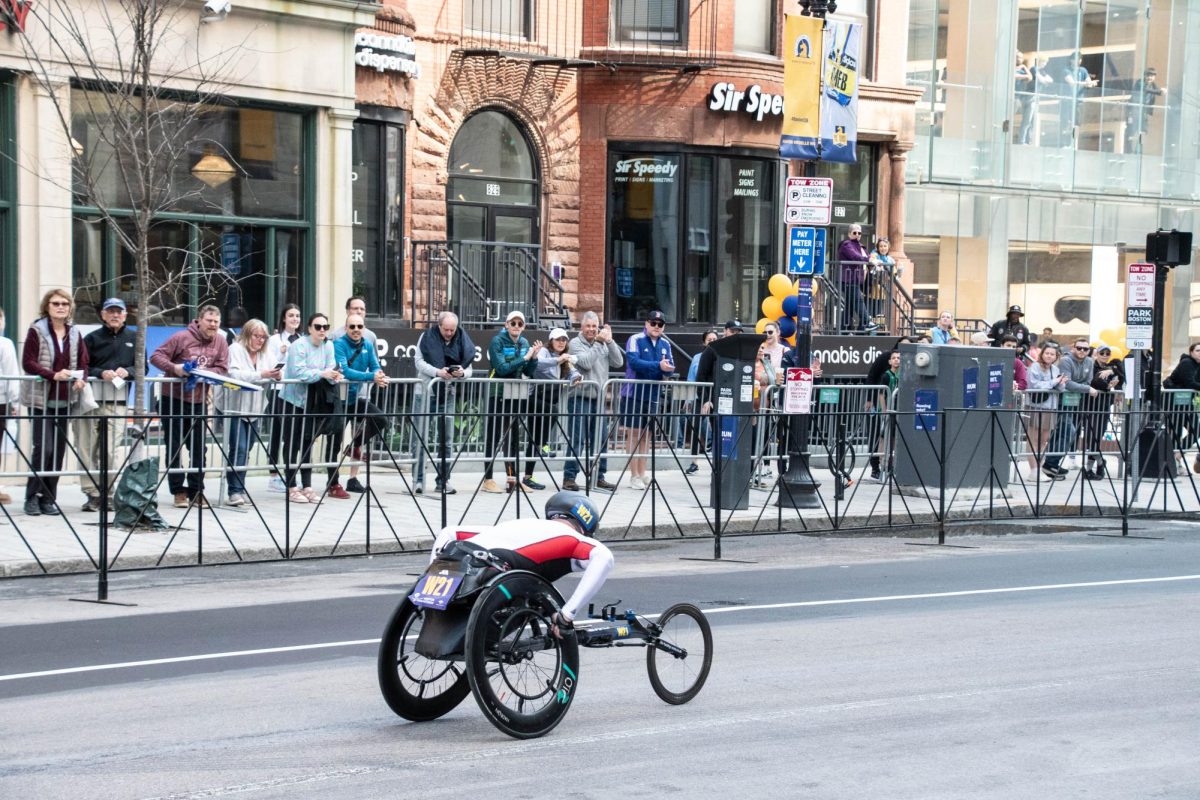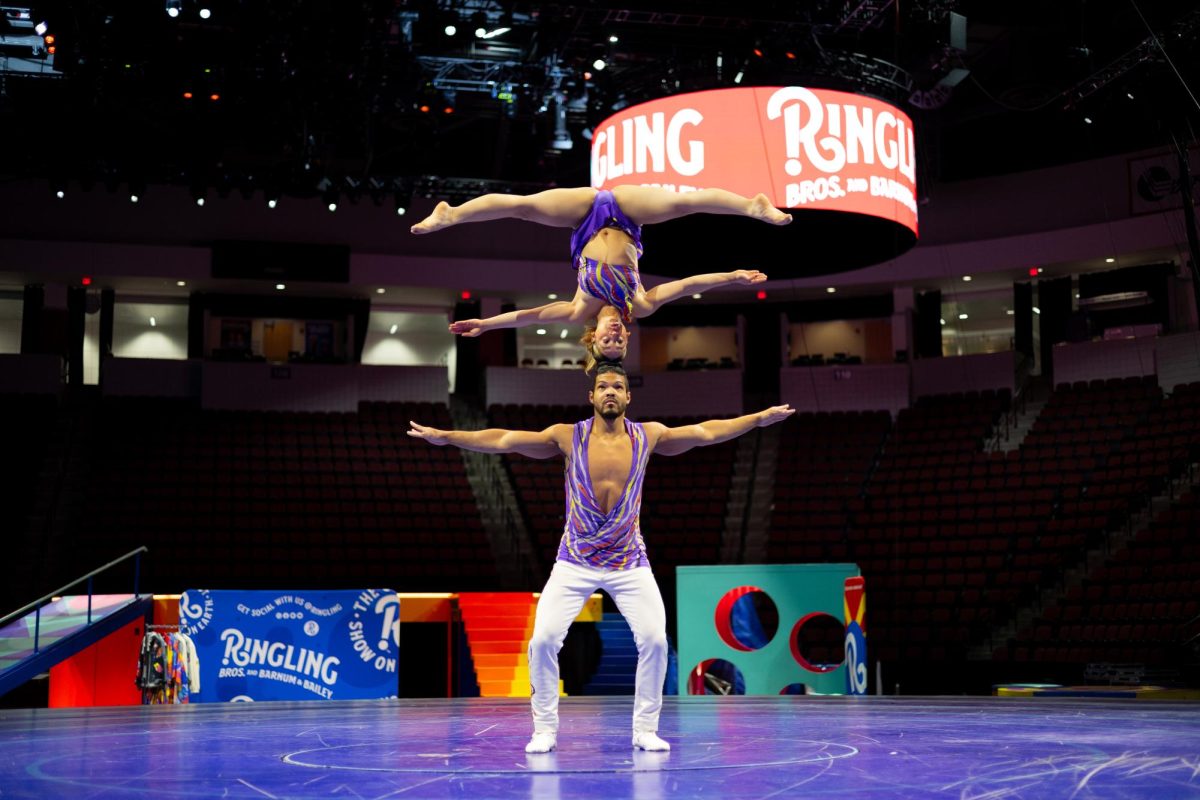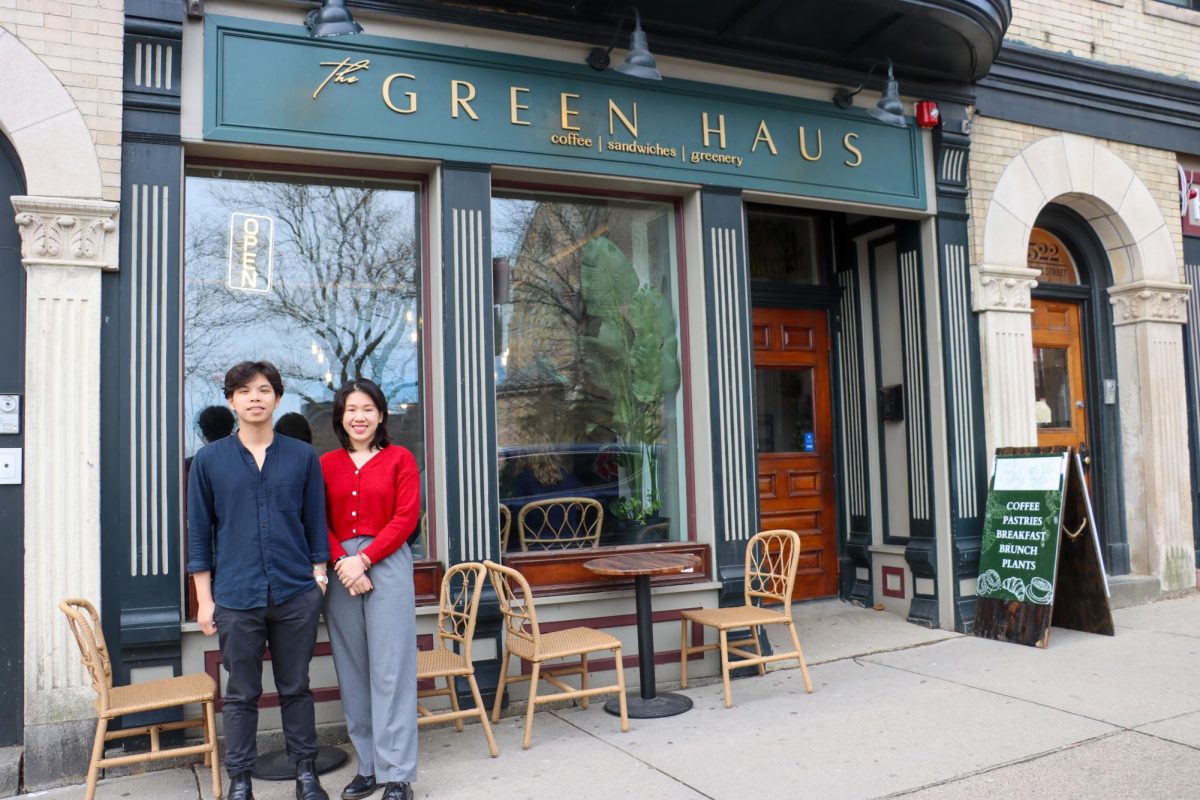By Audrey Cooney & Oliver Price, news staff
Boston Latin School (BLS), the oldest high school in America, is under investigation for a record-low black and Latinx (a gender-neutral term to replace “Latino/a”) attendance rate, with both students and parents claiming that faculty make openly racist remarks in school.
BLS is one of Boston’s most prestigious public schools, ranked 38th among public high schools in the US. Students in Boston must score high enough on the Independent School Entrance Examination to qualify for enrollment. Despite its academic prowess, BLS is facing criticism for allegedly failing to deal with a developing culture of racism.
Superintendent of Boston Public Schools (BPS) Tommy Chang is working with Mayor Martin J. Walsh to ensure the reports of racism are dealt with and is looking to increase cultural diversity at BLS.
“BPS is confident that a thorough and thoughtful investigation is taking place,” BPS said in an email to The News.
Until 1995, BPS had a quota that stated at least 35 percent of students enrolled needed to be black or Hispanic. Since this law was abandoned, minority representation has reached an all-time low at 9 percent among black students.
Students Meggie Noel, 17, and Kylie Webster-Cazeau, 18, took to social media to express their frustration with the school’s failure to address the ongoing racism.
Noel and Webster-Cazeau created a YouTube video in which they expressed their goal “to unite the community of black alumni and students of color at BLS,” which has more than 20,000 views. They also created the trending #BlackAtBLS hashtag on Twitter, accumulating almost 680 followers.
In an email to The News, Webster-Cazeau said she had high hopes for the Twitter campaign.
“What we are trying to accomplish is that students of color can just be students,” Webster-Cazeau said. “They wouldn’t have to worry about being treated differently because of the color of their skin.”
The BPS commended Noel and Webster-Cazeau in its statement.
“They are a wonderful example of student leadership and youth advocacy, and we believe their actions will help lead to increased dialogue and cultural proficiency across the district,” BPS said.
Not all students at BLS believe the allegations, however.
“When you’re walking around in the hallway, nothing happens,” Devin Gallagher, a white 15-year-old student, said.
Gallagher said he thought the BLS administration is handling the situation appropriately.
“I think they are doing the right thing,” Gallagher said. “I know Dr. Mooney Teta [headmaster of BLS], and she’s a good woman and she’s trying to do the right thing.”
As a black student, however, Webster-Cazeau said she lives a different reality than Gallagher.
“I’ve had students tell me that I would get into college because I was black, or that I was too proper to be a black girl,” Webster-Cazeau said.
She also lauded BPS for their help in addressing the situation.
“They have been very supportive,” she said. “We have met with many people who just want to help us.”
Rosann Tung, professor at The Annenburg Institute for School Reform at Brown University, said that with 85 to 95 percent of Boston Public School students belonging to a racial minority group, an inequity is clear.
Tung also said that exam schools like BLS could inherently be racially slanted.
“I don’t think they should exist, but if you’re going to have them, there should be more ways than just a test score to determine if you get in,” Tung said. “[Other ways] would include teacher recommendations and portfolios of students.”
Although BLS used to operate on racial preference guidelines, in November 1998, a federal appeals court struck down that system as the result of a lawsuit filed in 1995 by a white parent whose daughter was denied admission, according to a 1995 article in The New York Times.
Webster-Cazeau said that she would not consider the reintroduction of a similar integration program as a benefit.
“I think bringing that back would create more tensions,” Webster-Cazeau said. “I think that public schools, students and faculty, should reflect the demographics of the population they serve.”
Webster-Cazeau said she hopes that aspects of every culture be integrated into BLS curriculum, institutionally amalgamating all students.
“Ignorance would no longer be an excuse for comments made by students and teachers,” she said.
Photo courtesy Wikimedia Commons



